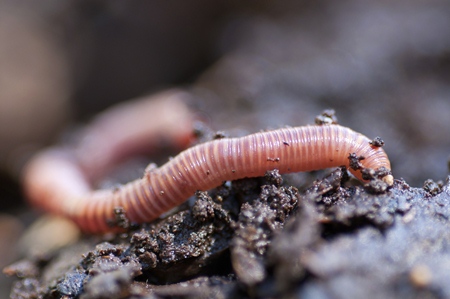
Earthworm
An engineer at the University of Liverpool has found how worms move around, despite not having a brain to communicate with the body.
Dr Paolo Paoletti, alongside his colleague at Harvard, Professor L Mahadevan, has developed a mathematical model for earthworms and insect larvae which challenges the traditional view of how these soft bodied animals get around.
The most widely accepted model is that of the central pattern generator (CPG) which states that the central brain of these creatures generates rhythmic contraction and extension waves along the body. However, this doesn’t account for the fact that some of these invertebrates can move along even when their ventral nerve cord is cut.
Local control
Instead, Dr Paoletti and Professor Mahadevan hypothesised that there is a far greater role for the body’s mechanical properties and the local nerves which react to the surface that the animal is travelling across.
Dr Paoletti said: “When we analyse humans running there is clearly local control over movements as by the time nerve signals travel from the foot to the brain and back again, you will have taken three steps – and would otherwise probably have fallen over.”
“We see much the same in these soft bodied animals. Rather than generating a constant wave of contraction and expansion, their movement is controlled and influenced by the contours of the surface they are moving across.”
Improving robots
Dr Paoletti, from the School of Engineering, and Professor Mahadevan created a mathematical and computational theory to understand this and then tested these theories under different circumstances and conditions and using imagined worms of different masses. They now believe that this new model could be of use in robotics.
He said: “Replicating the movement of animals in robots is very difficult and often involves the use of many sensors. This new model avoids using sophisticated sensors and control strategies, and could be used to improve robots used for entering confined spaces or which have to deal with difficult terrain.”
The paper, ‘A proprioceptive neuromechanical theory of crawling’, was published in the journal Proceedings of the Royal Society B.
Find out more about studying engineering on the University’s Study pages.
